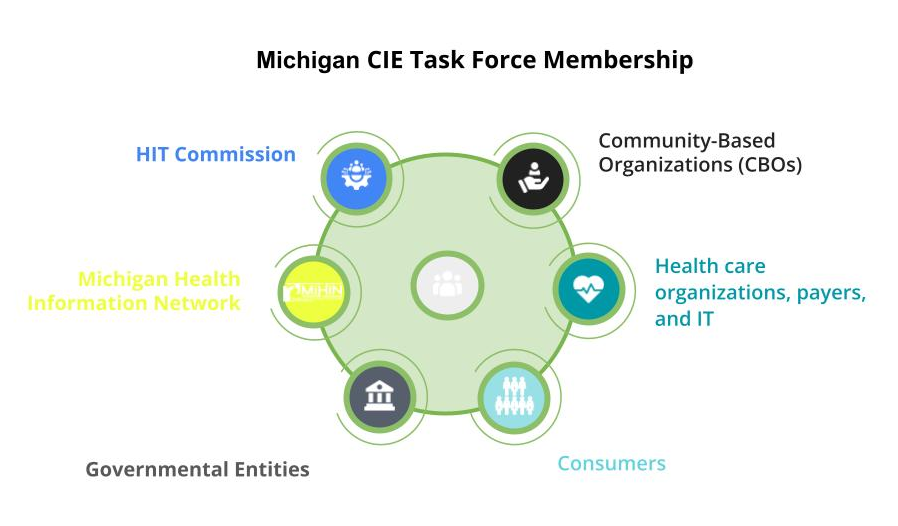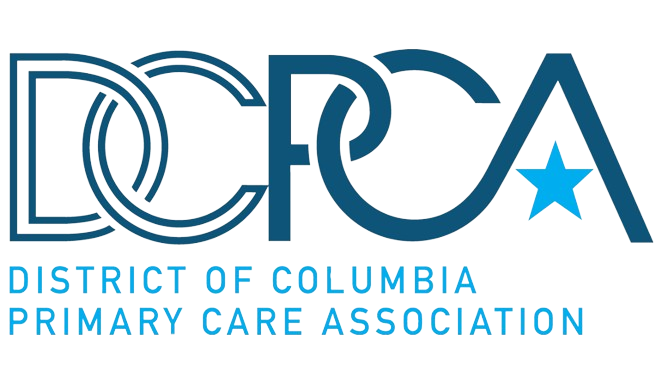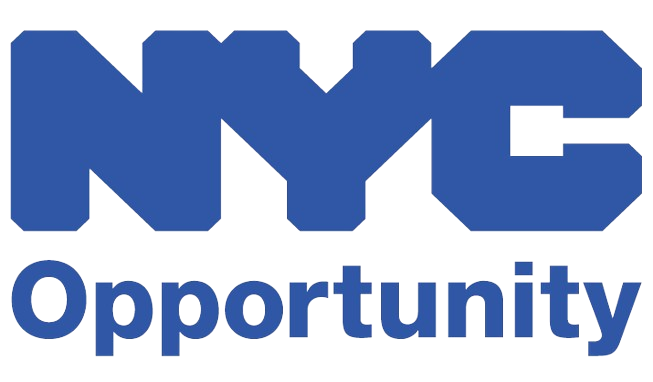Tag: government
-

The Community Information Exchange Task Force Report from Michigan’s Dept of Health and Human Services
I’ve had the honor and privilege of working with the Michigan Community Information Exchange Task Force over the past year. I encourage you to read the report, which is published here. You can also watch this webinar summarizing the report with commentary from a range of task force members. In my (admittedly biased) opinion, this…
-

The DC Community Resource Information Exchange: Phase One Report
The District of Columbia’s community of health, human, and social service providers are struggling with a familiar challenge: they want to be able to more effectively coordinate care among their patients and clients, yet their systems can’t currently ‘talk’ to each other. In response to this issue, DC’s Department of Health Care Finance (DHCF) initiated…
-

Sunlight Foundation on local governments and the opening of social service data
Allegheny County’s Department of Human Services has long been known as one of the most innovative government agencies of its kind: their data infrastructure famously enables sharing of client information across a complex array of programs and powers analytic capabilities. As Ian Mavero started his role as their Chief Technology Officer, he took on the…
-

NYC government publishing open data for municipally-contracted service providers
This post comes to us from Oonagh Jordan, a VISTA Fellow with the New York City Mayor’s Office of Opportunity. Oonagh is leading the project management of this initiative. In New York City, community-based organizations that deliver programming at neighborhood sites play a crucial role in administering City-funded programs and services. There is, however, currently…
